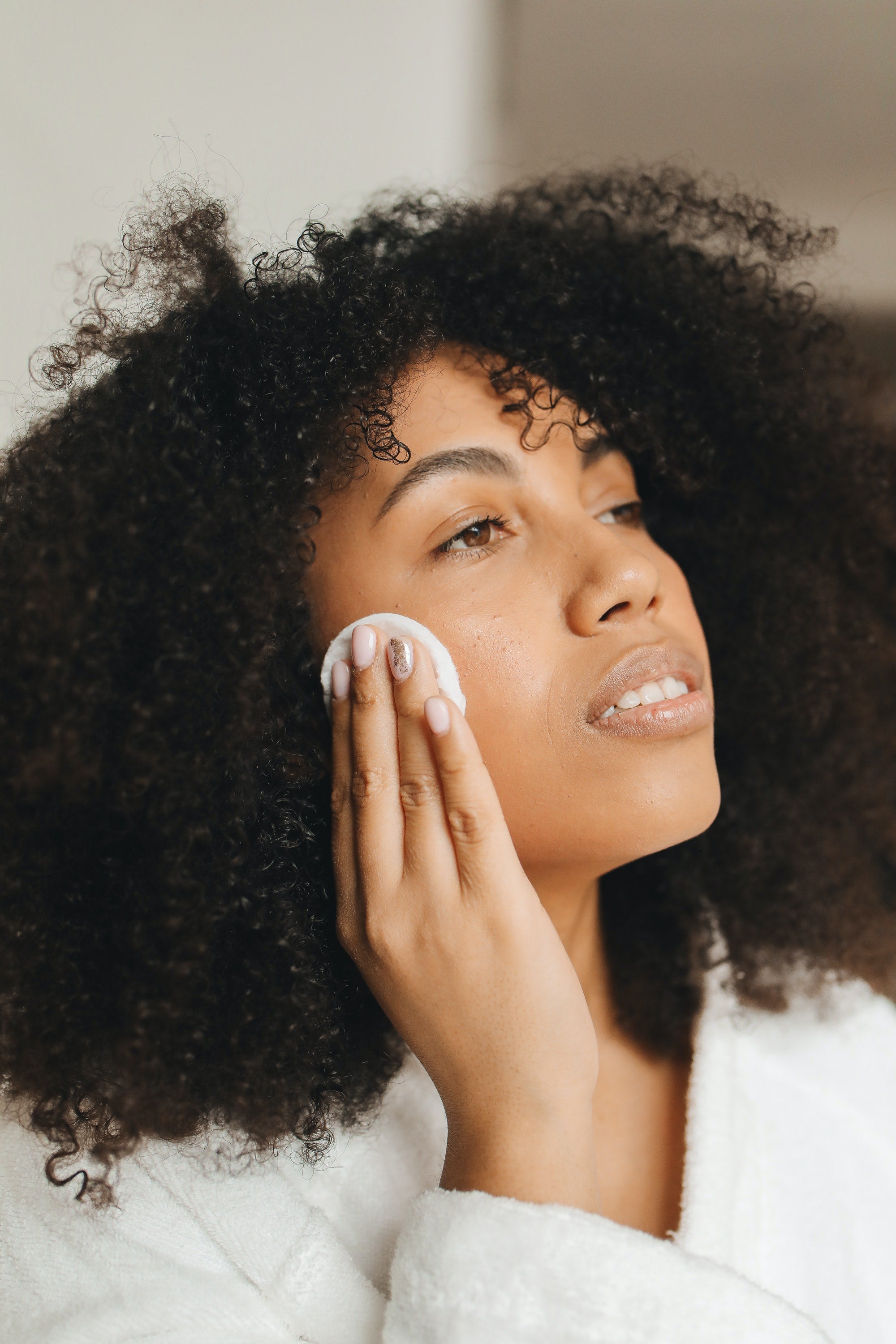While many of us are familiar with Alpha Hydroxy Acids, or AHAs, we may not be as familiar with Beta Hydroxy Acids. While these two groups of acids are both effective chemical exfoliants that share many skincare benefits, there are several key differences that affect why you may choose to use one over the other–or both.
First off, it’s worth saying that one acid is not better than the other, they simply target different skin concerns and skin types. Additionally, AHAs and BHAs are often combined in skincare formulations in order to tackle multiple skin concerns at once.
What is the difference between AHAs and BHAs?
While AHAs are water-soluble acids that work on the surface layers of the skin to improve uneven skin tone, enlarged pores, and fine lines and surface wrinkles, BHAs are oil-soluble, meaning they can dissolve excess oil and sebum in the pores. Unlike AHAs, BHAs also have antibacterial and anti-inflammatory properties, making them super effective at treating acne-prone and congested skin. BHAs are also gentle enough for sensitive skin types, including those prone to redness or rosacea.
What are Beta Hydroxy Acids?
Beta Hydroxy Acids are a group of oil-soluble acids, including Willow Bark Extract and Salicylic Acid (perhaps the most well known), that are typically used to chemically exfoliate the outer layer of skin and treat blemish prone skin.
BHAs are especially beneficial for congested and acne-prone skin as they work both on the surface layers of the skin and also are able to penetrate into the pores to break up excess oil and sebum. Thanks to their antibacterial and anti-inflammatory properties and larger molecular size, BHAs tend to be less irritating than AHAs.
What are the benefits of Beta Hydroxy Acids?
Like AHAs, the exfoliating action of BHAs encourages the shedding of dead skin cells and cell turnover leading to improved skin tone and texture and even hydration. BHAs have also been found to stimulate the production of collagen in the skin, helping to improve the appearance of fine lines and wrinkles.
Because BHAs are able to break down excess oil, sebum, and anything else clogging up pores, they can help clear acne and breakouts, while also improving skin texture by decongesting the skin.
Beyond exfoliation, BHAs can also slow down sebum production, which can make them useful in treating oily skin prone to excess shine. For the same reason, those with very dry skin might therefore want to avoid using BHAs.
How to use Beta Hydroxy Acids?
BHAs are often used in toners, cleansers, and treatment serums. Like AHAs, BHAs should be teamed with hydrating and nourishing ingredients, such as Hyaluronic Acid, Niacinamide, or Squalane. BHAs should not be combined with Vitamin C, Retinol, or physical exfoliating scrubs, as this can lead to over-exfoliation, irritation, and a compromised skin barrier. BHAs are also best used in the evening as they increase photosensitivity, so be sure to follow with sunscreen during the day.
As mentioned earlier, BHAs are often combined with AHAs, especially to treat oily and congested skin, as they work in synergy to effectively exfoliate and improve skin tone and texture. BHAs can also be used as a spot treatment or on oilier areas such as the T-zone.
Whether you are already using a BHA as part of your regular routine, or you’re new to this ingredient, there are a multitude of ways to incorporate it into your lineup. Here, six BHA products we love.


